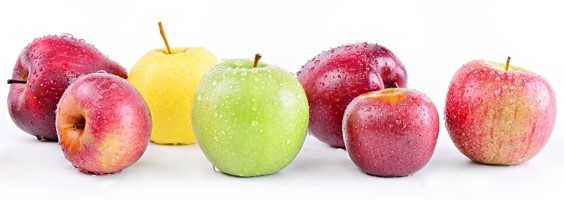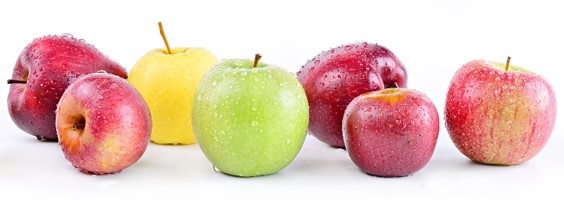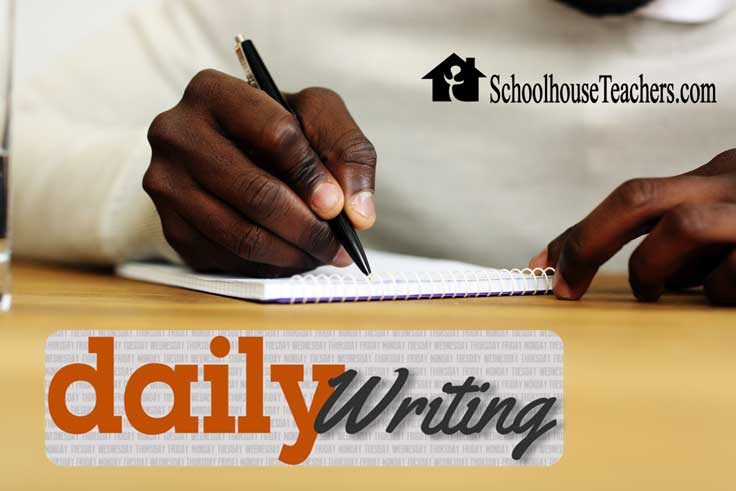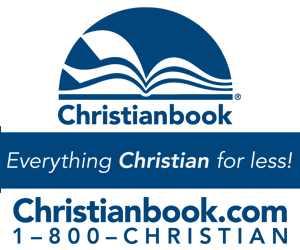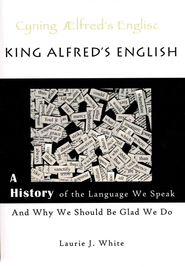You know you have them—those story writers who won’t come out of their bedrooms, the ones who faint at writing essays but love writing stories.
They spend hours creating fictional worlds and populating them with characters in trouble who are looking for a happy ending.
Fiction is a powerful tool to influence readers’ hearts. Let’s equip our fiction writers with practices and insights that will give them success. You can read more about how authors grab readers’ hearts here.
As an added bonus, students who learn how to write more effectively in the world of fiction are absorbing communication skills they will use in their essay and research papers as well.
Mary Shelley wrote Frankenstein before she was 19 years old. Christopher Paolini was only 15 when he wrote the first words to his best-selling Eragon. And Jane Austen wrote her first novel at age 14. When will your student be signing autographs?
These prompts are geared for students in 7th-12th grade. Use them now or bookmark them for later.
Read More













